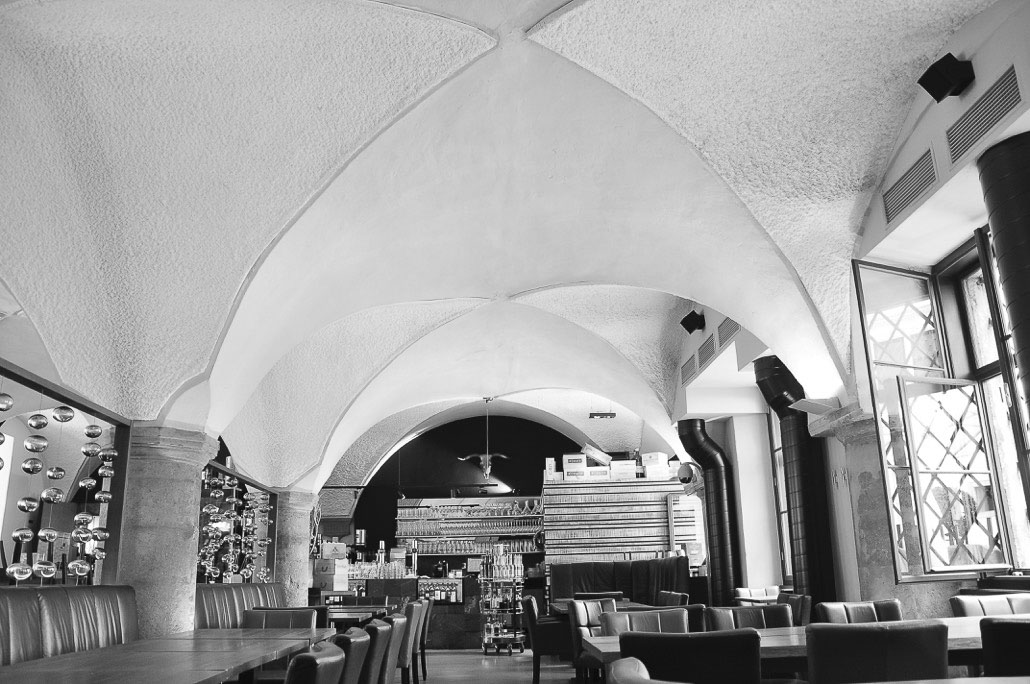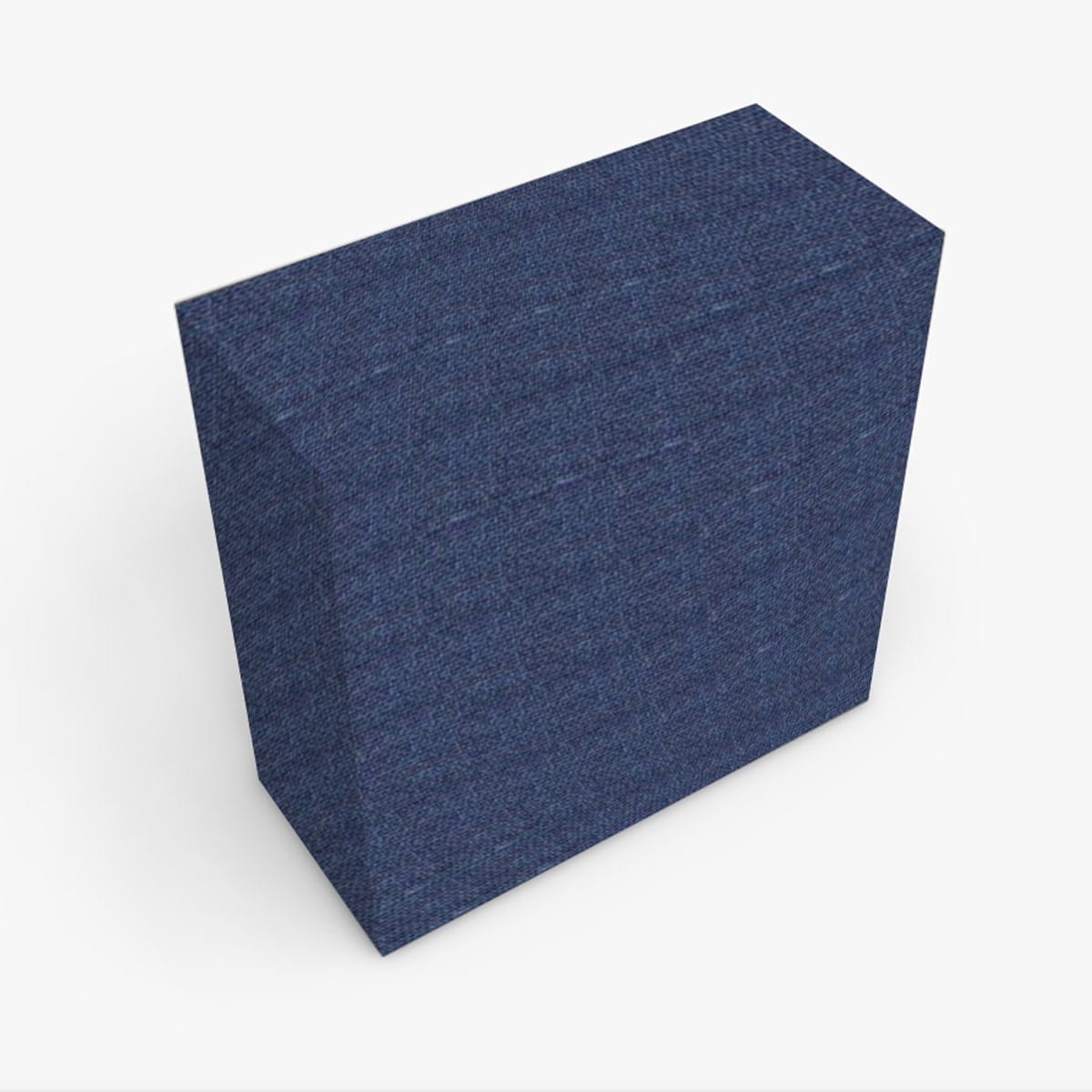Hi Mike,
Excellent point, much thanks! I can’t swing a seven digit system. Better stated, I’ll probably get hit with the cast iron skillet, when my wife refuses to stop swinging it, after I buy a seven digit system.
i've been married 51 years so i get it. hifi visitors are always telling my wife that 'Mike is so lucky to have such a supporting wife'. my wife's reaction is to smile and say that '
don't confuse support for understanding'. that always gets a chuckle. but it's the most we can hope for. that our wives/partners do understand that this hifi obsession is good for us. she might never see the value of hifi itself. if any of us have a wife that seriously shares the hifi hobby itself all the better. but that is rare. marital relationships are all different and so the dynamics are personal....and may involve an iron skillet.
Hi Mike,
Very roughly, how much more would I need to pony up (gear wise) for a 35’ x 25’ x 14’ versus your 29’ x 21’ x 11' room?
i think it's more the effort involved in really finding musical bliss in such a huge room, than purely a dollar issue. although that does enter into it. at the end of the day, a checkbook does not get you to the finish line. but it's part of it. big systems that are spendy can be just plunked down in a huge room and we can talk ourselves into being happy with what we see.
the idea of what it takes to harness a huge room such as 35' x 25' x 14' starts with what music do you really like, and do you expect your musical tastes to evolve to, or in what direction. are you chasing large orchestral or rock show level reproduction with large scale? and do you like to listen at higher SPL's? to fill a room like that and pressurize the bass so it hooks up is going to take higher SPL's. are you an all day listener lots of times? or an hour or two here and there? it's nice to have a system where the music can be immersive and intimate at lower volumes. which takes a room to be 'right size'.......which can be a wide variety of sizes but past a certain size that's hard.
maybe the easiest way to consider this is at an audio show. we see systems in oversized rooms trying to make it work. mostly they don't work as well as our home systems in more real world rooms.
Todd suggested some speaker systems that can handle large rooms. and what sort of amplification do you like? do you already have an 'end game' target for amps and speakers? what size rooms do they work best in?
so i can only ask questions mostly.
i know in my case i could have had 35' x 25' x 14' in my barn if i would have eliminated the hallways. but i felt like that would be too big and unwieldy. the only reason i would have considered that would be if i wanted huge Genesis dipoles that require rear wall reflectivity. i liked those huge monsters, but never loved them. everything sounds big, whether that serves the music or not. which was not my deal.
follow the music and what it takes to connect the best with your style and tastes.
i feel that my big but not huge 21' x 29' x 11' room can pull off any scale of music i like. it does WARP 11 when called on. i listen to lots of large orchestral. yet get's very intimate and immersive with girl with guitar too. it's a reach out and touch it presentation. and i listen 4-6 hours a day year round. it works at 65db-80db normal listening volumes with presence and energy just great and still connects too. it did take me a decade of work to be able to exceed that intimacy compared to my previous smallish 12' x 18' x 10.5' room.
so whatever size room you have will take work to get it all the way there.
















